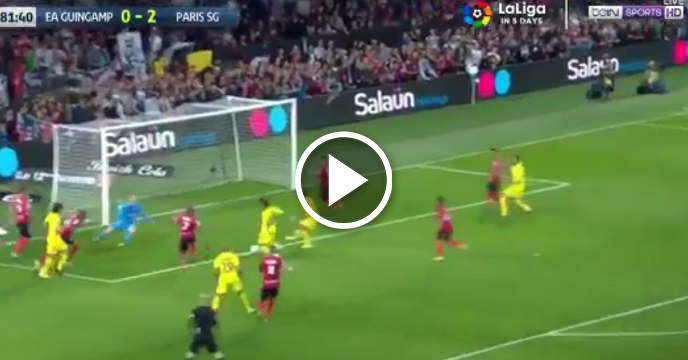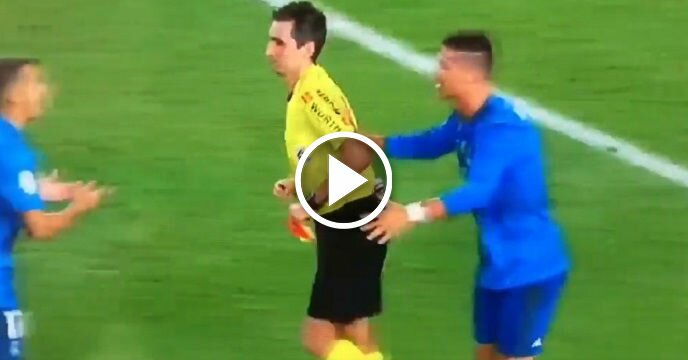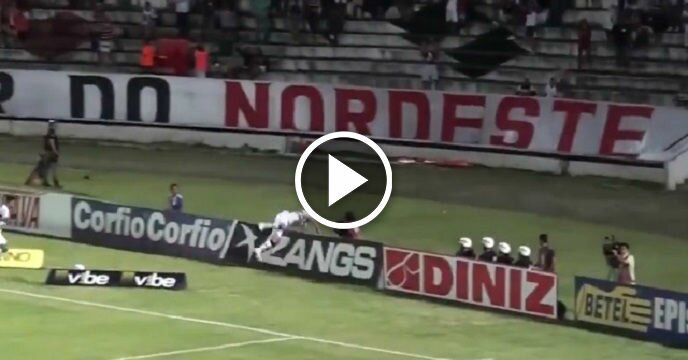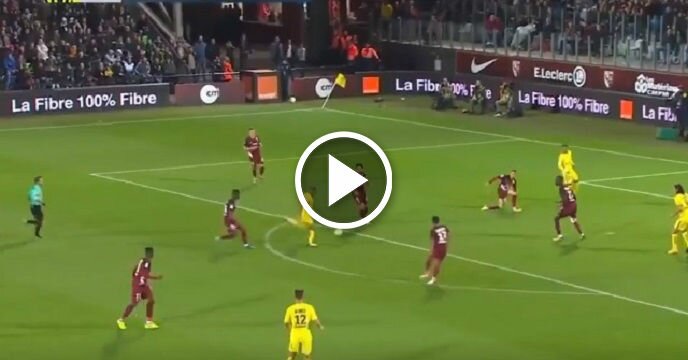In a tournament of unpredictability and last gasp goals there has been a lot of talk about defending and tactics. Soccer, it seems, has changed, but all of the fanfare has been saved until games actually kick off, followed by an explosion of analysis and pundits proclaiming that what you thought you knew was not what the masters knew, and they knew that all along (even if they didn’t say anything).
Confused? Well, allow me to elucidate.
At the tail end of this year’s domestic seasons there were murmurs about a retro tactic returning. Beginning in Italy’s Serie A there was a rebirth of the back three. Posting three centre-backs and pushing full-backs up to be auxiliary wingers to a crowded midfield or supplementing midfield anchors there was the reintroduction of a tactic that allowed teams to bomb up the pitch without worrying about being countered themselves.
The fashion caught. Soon Wigan Athletic were doing it in the English Premier League and all and sundry were astounded at how Roberto Martinez had masterminded victories over the likes of Arsenal and Manchester United.
Until last night Italy used a back three in EURO 2012. Defensively they have done fairly well, but have shown little adventure with the ball.
Of course fashions move. The back three was already old hat by the time this tournament rolled around the corner. People needed something else to write, blog and bitch about. So up stepped Spain and Cesc Fabregas: the paragons of the ‘false striker’.
Starting their first game against Italy’s back three Spain used no recognized front man. No one led the line, instead opting to have Fabregas as an attacking midfielder who could tap balls left or right or hold it up, in typical Spanish style, until midfielders poured forward.
This caused a stir. Suddenly everyone was pointing out that Zlatan Ibrahimovic was no longer leading the line and that Karim Benzema was not poaching. Russia had Alan Dzagoev scoring most frequently and Portugal slowly realized that their best attacking threat would come from removing Cristiano Ronaldo from the wing (where he is more likely to serenade a pretty girl in the crowd than track back when he has no ball) and twist his positioning to the top of the attack.
False strikers? Well there is evidence that there are some, but in truth there are plenty of vipers out there, like Mario Mandzukic, Andy Carroll, Andriy Shevchenko and Antonio Di Natale. They are (or were) scoring the vital goals.
So how come midfielders playing as strikers has grabbed so many headlines? I would argue that this is the case because of the counter tactic.
Last night during Spain’s labored victory over Croatia there was talk of how the Spanish were passing without risking attempts at goal. They were laying off, but not unloading. However, a lot of credit for this has to come down to the defensive hounding of Croatia and their calculating captain, Darijo Srna.
Referees have been lenient so far in EURO 2012, and because of this the tactical foul or the professional foul have become great defensive tools. Every time someone drops deep in this tournament they are crowded out. A trip may lead to a free-kick, but sometimes the ball is won as well.
England have done it, Croatia did it and Greece will do it as often as they can against Germany.
The false 9 is the Emperor’s new clothes. People can talk and talk about how the midfielder-come-striker is the standout in this Championship. For me, though, the stand out guys are the conditioning coaches who have prepared players to run and run, chasing balls and closing down those pretend poachers.
 Share
Share 










